2026 Toyota Grand Highlander Vs. Mazda CX-90: 5 Major Differences originally appeared on Autoblog.
Three-row Japanese crossovers have never been so good
For a while now, three-row crossovers have been the first choice for families in the United States requiring a spacious family vehicle without the dowdy image associated with minivans. In 2023, two of the best three-row crossovers arrived: The Toyota Grand Highlander and Mazda CX-90.
The Grand Highlander is a more practical model sitting above Toyota’s Highlander, while the CX-90 took over from the CX-9. But how do the latest versions of each compare? Here are five differences between the currently available versions of each, the 2026 Grand Highlander and 2025 CX-90.
Related: Mazda And Kia Are Going to Love How Toyota Priced the 2026 Grand Highlander
1. Only One Has Six-Cylinder Power
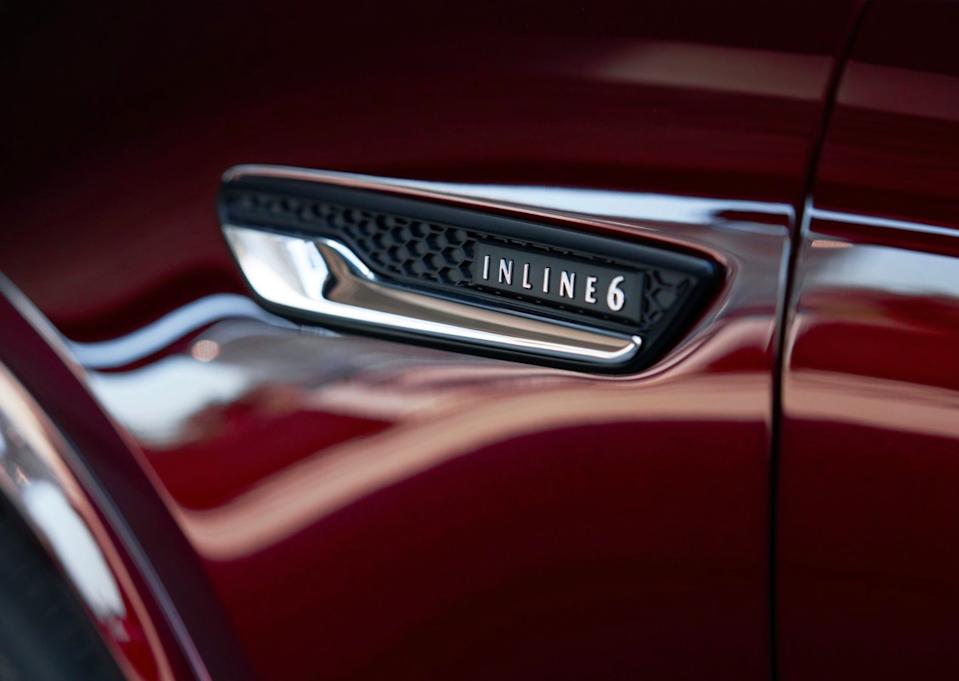
The Mazda CX-90 is the only one of the two to get a six-cylinder engine, provided you go for the non-hybrid model. In fact, it’s one of the cheapest six-cylinder crossovers on sale right now, but we’ll cover that more in the pricing section.
All non-hybrid CX-90s have a 3.3-liter turbocharged inline-six engine, but in different states of tune. Lower trims produce 280 horsepower and 332 lb-ft of torque, while upper trims produce up to 340 hp and 369 lb-ft. All CX-90s have a mild hybrid system, an eight-speed automatic, and a rear-biased all-wheel-drive system. This is a great crossover to drive, with responsive handling and a smooth i6.
The gas-only Grand Highlander uses a 2.4-liter turbocharged four-cylinder with 265 hp and 310 lb-ft. Unlike the Mazda, front-wheel drive is standard and AWD is optional, but the Toyota also has an eight-speed automatic. The Toyota is also a nice crossover to drive, but its engine isn’t as refined as the Mazda’s when pushed harder.
Related: 2026 Toyota RAV4 Vs. 2026 Mazda CX-5: 5 Major Differences
2. Toyota Has A Normal Hybrid, Mazda Gets A Plug-In System
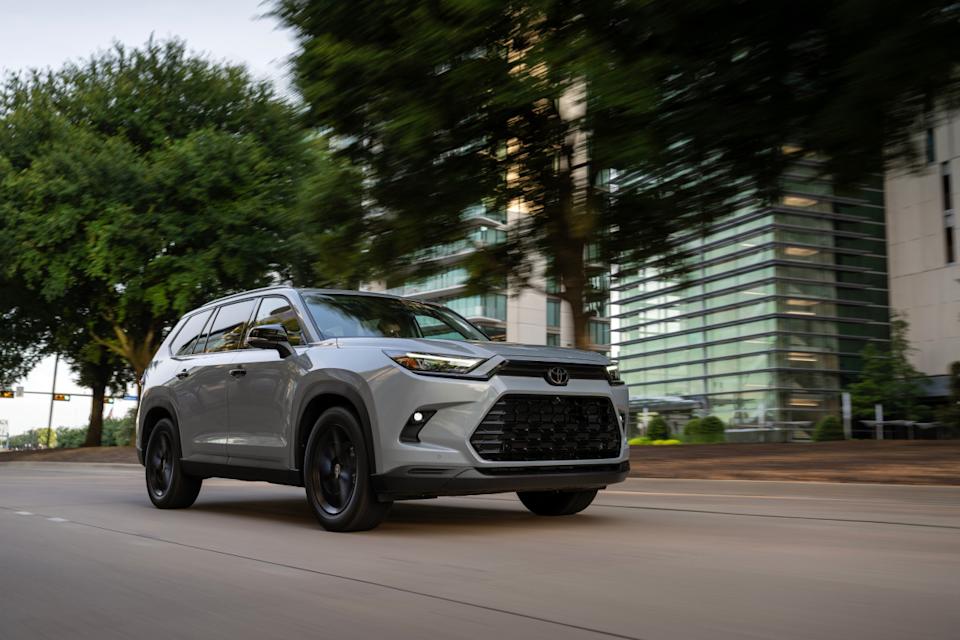
View the 4 images of this gallery on the original article
Toyota has two Grand Highlander hybrids, but both aren’t plug-ins like the Mazda’s hybrid.
The base Grand Highlander Hybrid has a 2.5-liter four-cylinder and produces 245 hp combined, while the Hybrid Max model reverts to the 2.4-liter turbo-four and makes 362 hp combined. The former uses a CVT, while the Hybrid Max gets a six-speed automatic. All hybrids use an on-demand AWD system. When we drove the Grand Highlander with the Hybrid Max powertrain, we appreciated its swift acceleration and the fact that the vehicle feels smaller than it is on the move.
The Mazda CX-90 PHEV has a 2.5-liter four-cylinder engine and electric motor that combine for 323 hp. An eight-speed automatic and AWD are standard. Based on independent testing, this model will scoot to 60 mph in under six seconds, better than the normal Grand Highlander Hybrid but a little slower than the Hybrid Max.
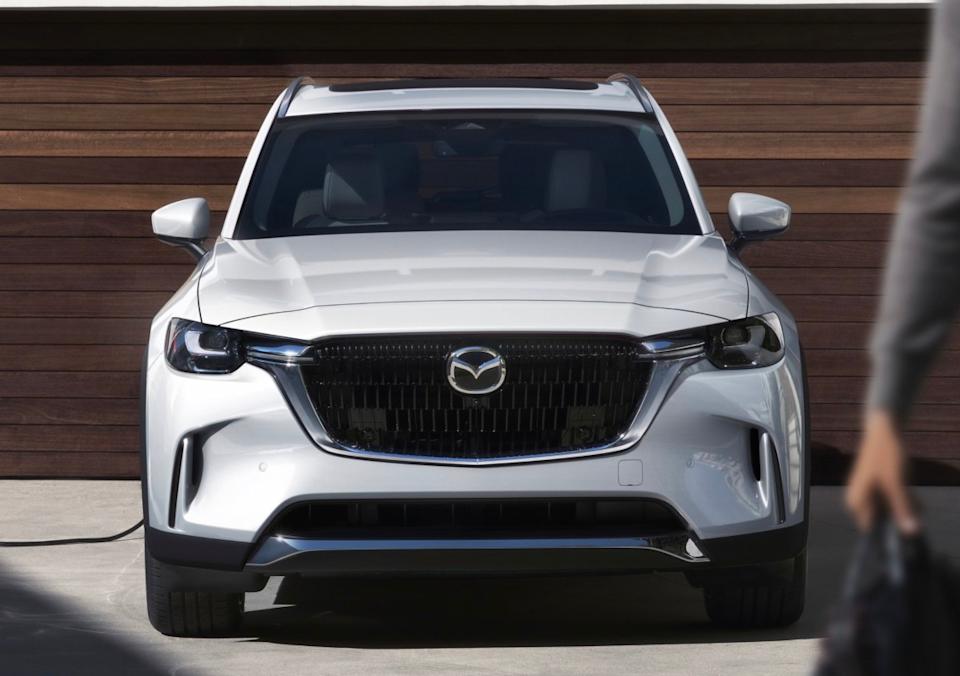
Of course, the CX-90’s ability to drive on electric power alone distances it from the Grand Highlander; the Mazda can cover 25 miles before the gas engine will be needed. Expect the CX-90 PHEV to return 56 MPGe/25 mpg combined.
The Grand Highlander Hybrid gets 37/34/36 mpg city/highway/combined with FWD, but the Hybrid Max powertrain is less impressive, returning a best of 26/27/27 mpg. Efficiency drops to as little as 22 mpg combined when the Hybrid Max is paired with AWD and the Limited or Platinum trims.
3. Toyota Has More Third-Row And Cargo Space
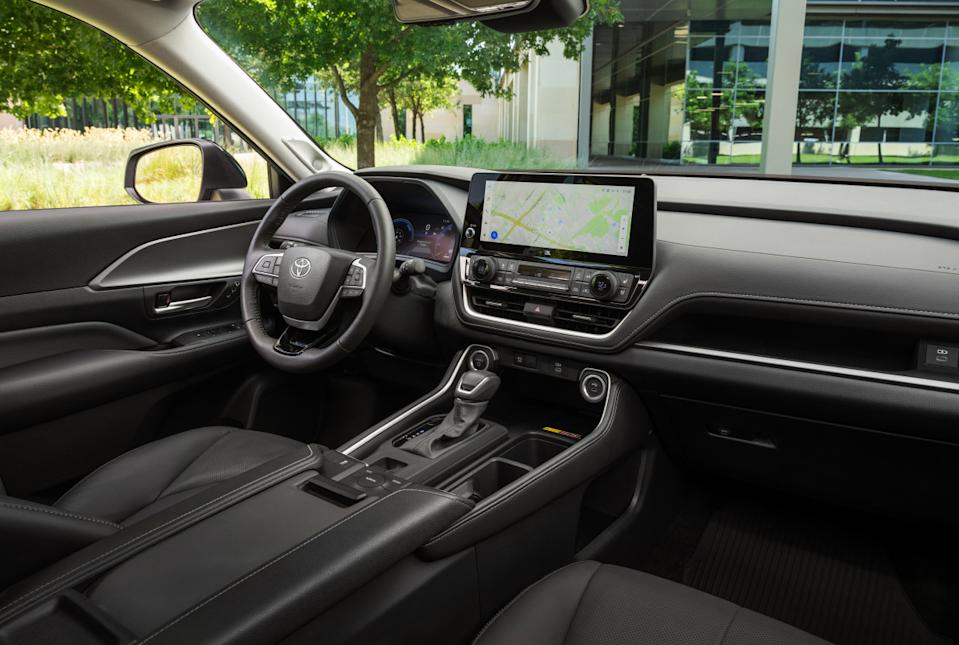
View the 4 images of this gallery on the original article
The Grand Highlander addresses the major weakness of the Highlander, in that third-row space was disappointingly cramped. In the Grand Highlander, you get 37.2 inches of headroom and 33.5 inches of legroom in the third row, better than the CX-90’s 36.9/30.4 inches. There’s less of a difference in the first two rows, where both SUVs provide good space and comfortable seating.

Toyota Grand Highlander trunk
View the 2 images of this gallery on the original article
In the cargo area, the Toyota uses its longer body to free up more space. It has 20.6 cubic feet behind the third row, whereas the Mazda has 15.9 cubes. Behind the second row, it’s 57.9 cubes to the Toyota and 40.1 to the Mazda—an even bigger difference. With both back rows folded, the Toyota has up to 97.5 cubic feet, significantly more than the Mazda’s maximum of 75.2 cubic feet.
The Toyota is clearly a more practical crossover.
4. Only The Mazda Offers A Six-Seater Configuration
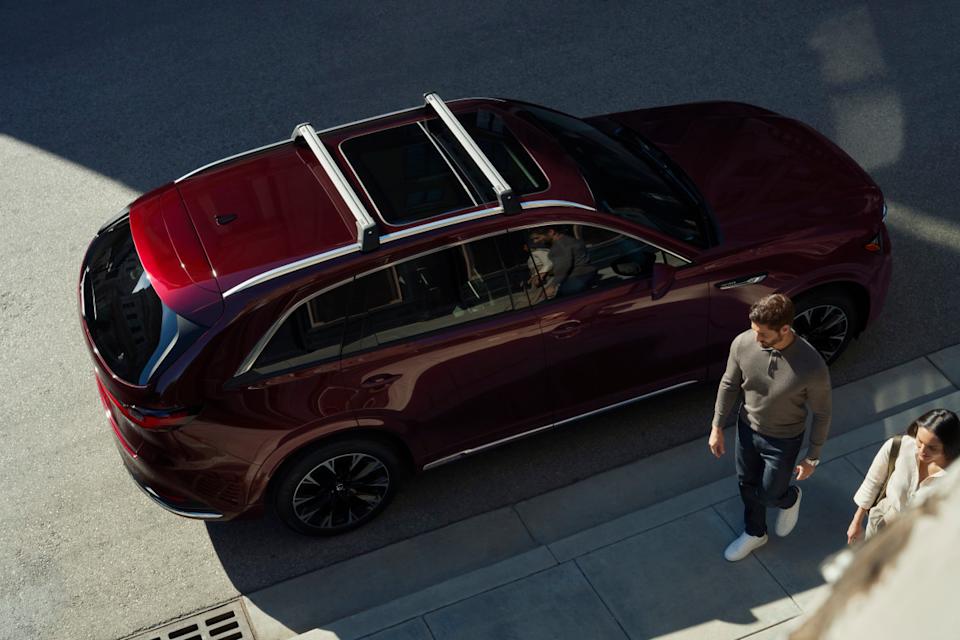
Depending on the trim, both the Toyota and Mazda can seat up to eight occupants. They can both also be specified in seven-seater form or with second-row captain’s chairs. However, only the Mazda has a six-seater option, which is available on the most luxurious CX-90 models. For a family of six, this could be the most comfortable option, although as we pointed out, the Toyota has more space in the third row.
With second-row captain’s chairs, the CX-90 has a nicer, larger center storage area with an armrest. However, the Toyota’s removable center console in the second row is more practical, in that you can remove it entirely for easy access to the third row. There are also available armrests for the Toyota’s second-row seats that fold down. Both SUVs are available with separate climate controls for passengers in the second row.
5. CX-90 Starts Cheaper, But Grand Highlander's Hybrid Is More Affordable
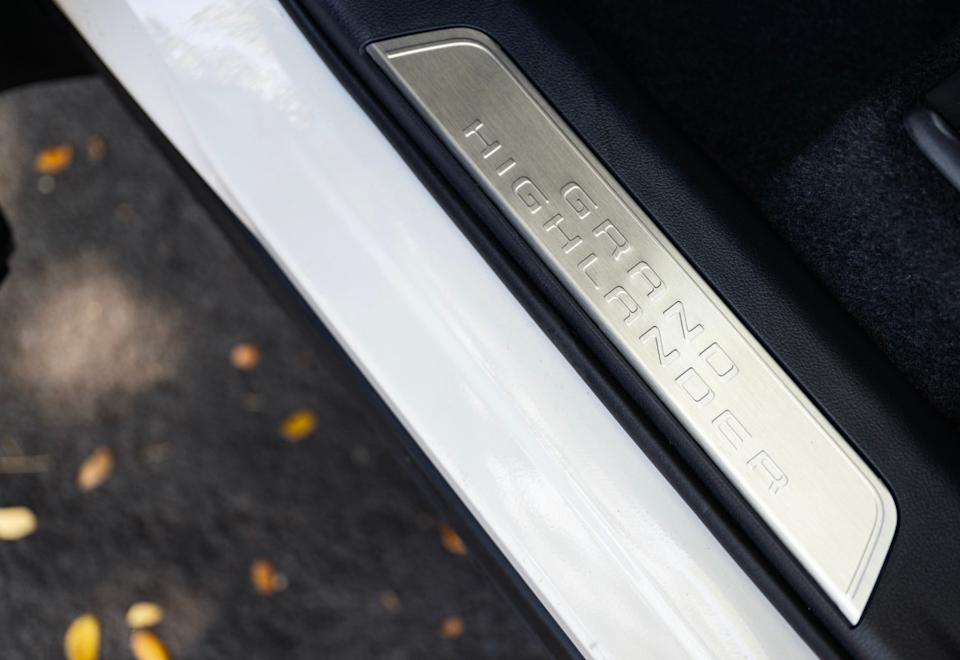
View the 2 images of this gallery on the original article
For 2025, the Mazda CX-90 starts at $38,045 for the base CX-90 Turbo Select. The cheapest variant with the more powerful turbo engine is the Turbo S Premium, which costs $53,150, while the range-topping Turbo S Premium Plus goes for $56,650.
The CX-90 Hybrid begins at $49,945 and goes up to $57,950 for the top trim.
The base Grand Highlander costs $41,360, but adding AWD to match the CX-90 raises the price to $42,960. That’s nearly $5k more than the base CX-90, so the difference at the bottom of the range is significant. The top gas-only Grand Highlander costs $54,545, and although that’s less than the equivalent Mazda, it’s much less powerful.
There’s more choice in the Grand Highlander’s hybrid range, since you can get the standard hybrid for $44,710. The Hybrid Max costs $55,190 for the Limited and a hefty $59,275 for the Platinum.
Final Thoughts
If we were comparing the Mazda CX-90 to the normal Toyota Highlander, the Mazda would likely come out on top. However, it’s a much closer fight between the CX-90 and the Grand Highlander.
If you’re after a touch more luxury, a better driving experience, and a smoother engine, pick the stylish CX-90. It’s also the only one to offer a plug-in hybrid, and it starts at a lower price point, especially if AWD is a must. However, the Toyota is better as a practical family vehicle, thanks to a more accommodating third row and cargo area. And it is not significantly outclassed by the Mazda in the comfort stakes, since the top Grand Highlander trims also have fully loaded, high-quality cabins. Buyers looking for an efficient hybrid at under $45k only have one choice here, and that’s the Grand Highlander.
We’d choose the Mazda if the driving experience is a priority and the Toyota for a bigger family.
2026 Toyota Grand Highlander Vs. Mazda CX-90: 5 Major Differences first appeared on Autoblog on Aug 9, 2025
This story was originally reported by Autoblog on Aug 9, 2025, where it first appeared.
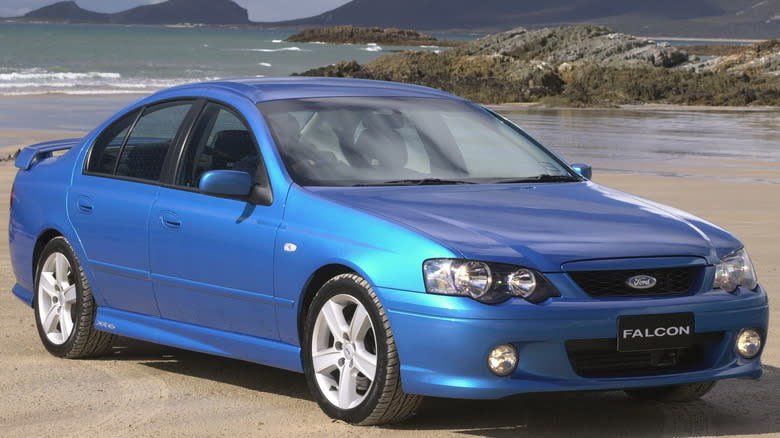

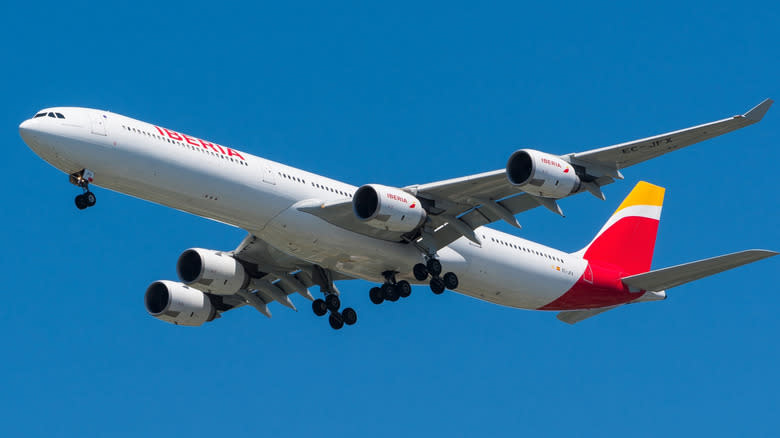

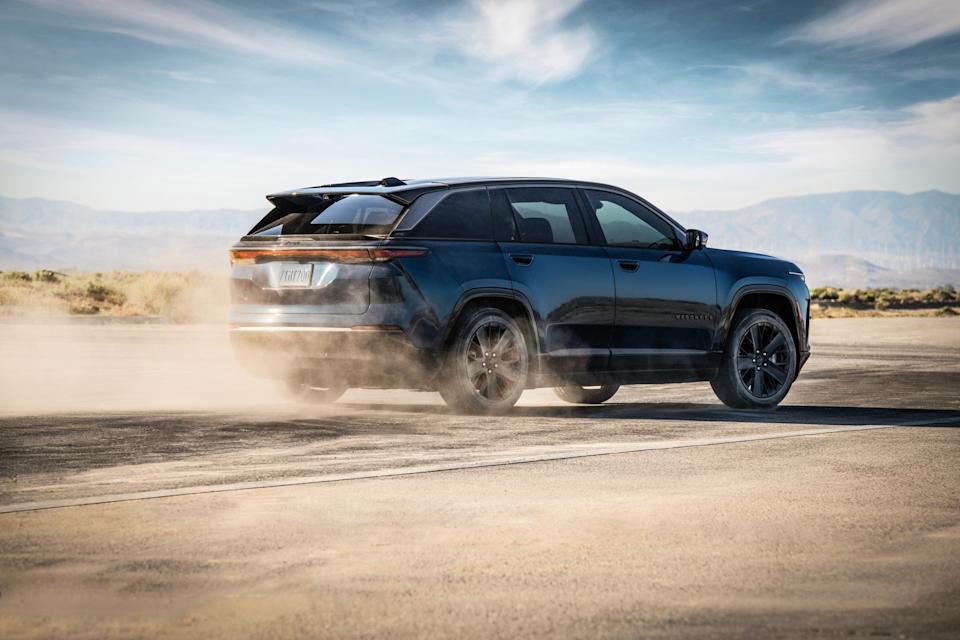
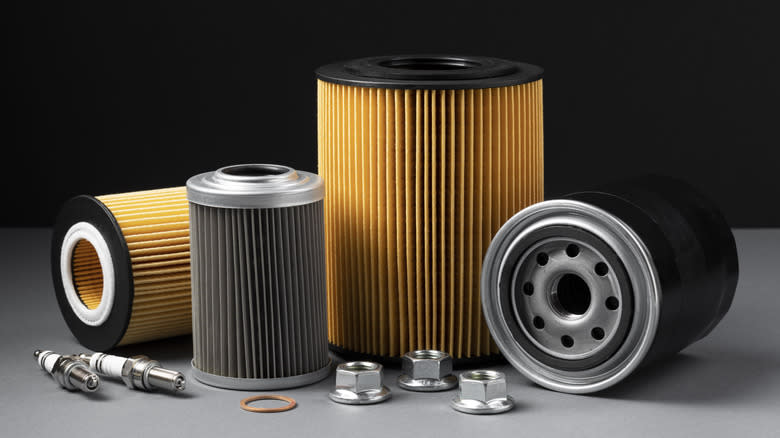
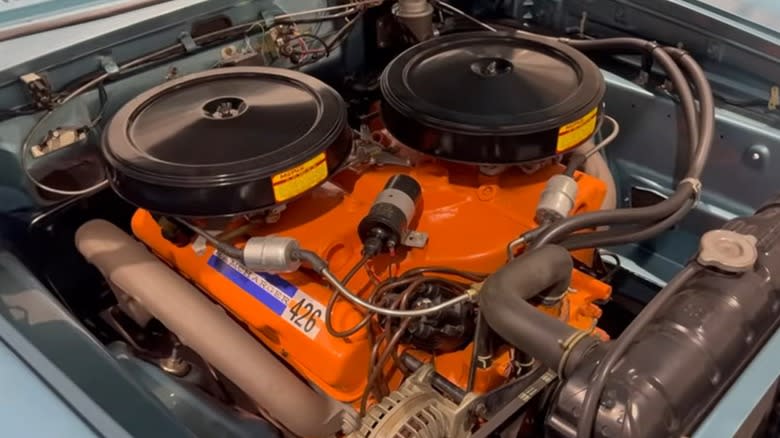
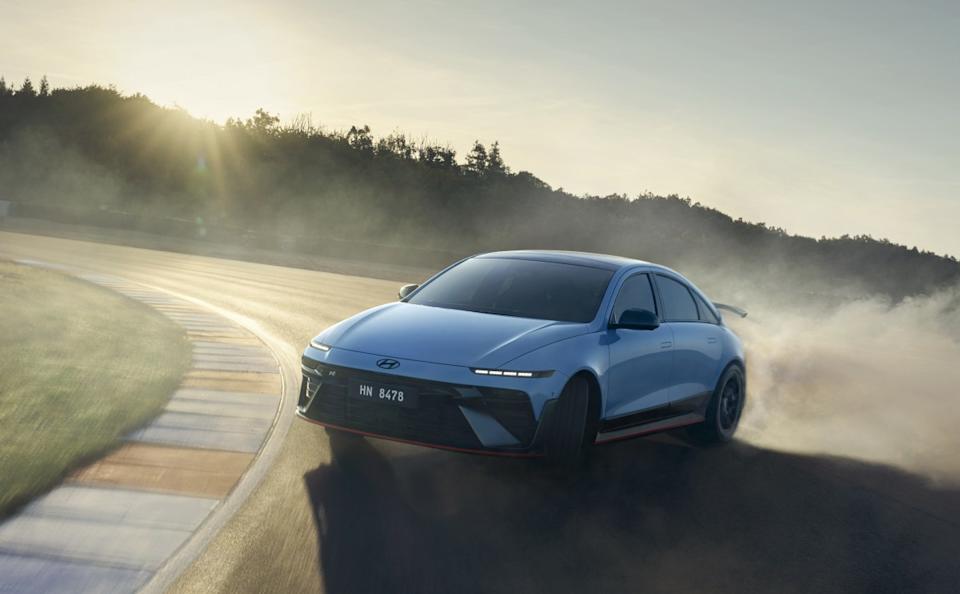
Comments